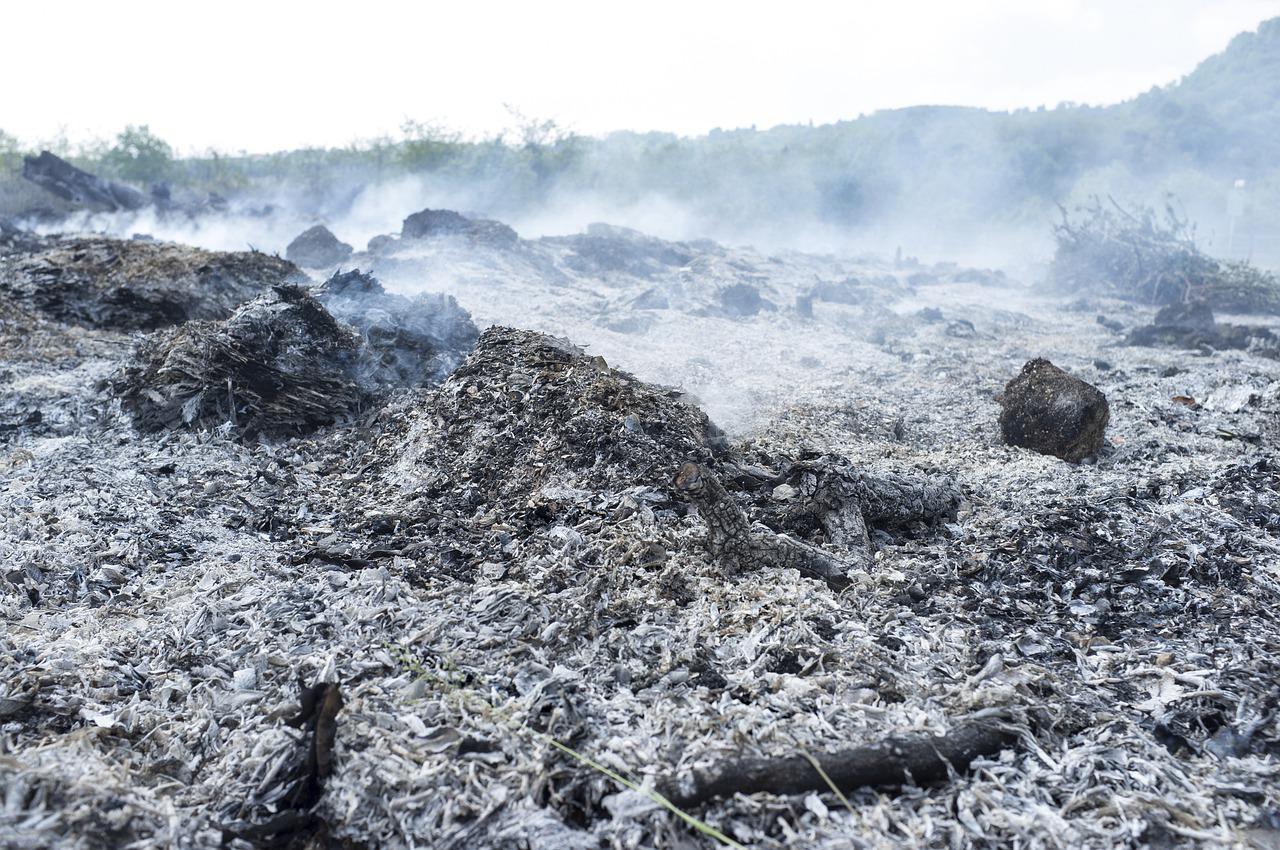Fly Ash
• It is a coal combustion product that is composed of the particulates that are driven out of coal-fired boilers together with the flue gases.
• In the past, fly ash was generally released into the atmosphere, but air pollution control standards now require that it be captured prior to release by fitting pollution control equipment.
• The use of fly ash as a lightweight aggregate (LWA) offers a valuable opportunity to recycle one of the largest waste streams.
Depending upon the source and composition of the coal being burned, the components of fly ash vary considerably, but all fly ash includes substantial amounts of silicon dioxide (SiO2) (both amorphous and crystalline), aluminium oxide (Al2O3) and calcium oxide (CaO). It also has unburnt carbon.
In the case that fly ash is not produced from coal, for example when solid waste is incinerated in a waste-to-energy facility to produce electricity, the ash may contain higher levels of contaminants than coal ash.
Two classes of fly ash are defined by American Society for Testing and Materials (ASTM) C618: Class F fly ash and Class C fly ash.
Class “F”: The burning of harder, older anthracite and bituminous coal typically produces Class F fly ash. This fly ash is pozzolanic in nature, and contains less than 7% lime (CaO). Class F fly ash requires a cementing agent, such as Portland cement, quicklime, or hydrated lime—mixed with water to react and produce cementitious compounds.
Class “C”: Fly ash produced from the burning of younger lignite or sub-bituminous coal, in addition to having pozzolanic properties, also has some self-cementing properties. Contains more than 20% lime (CaO). In the presence of water, Class C fly ash hardens and gets stronger over time.
It can be reutilized in many different sectors of economy- industry, infrastructures and agriculture.
• Concrete production, cement clinker production, road construction.
• Corrosion control in RC structures, mine reclamation.
• Fly-ash pellets which can replace normal aggregate in concrete mixture.
• Grout and flowable fill production.
• Waste stabilization and solidification.
• Filler for thermoplastics & also used as a component in geopolymers.
• Agricultural uses: soil amendment, fertilizer, cattle feeders, soil stabilization in stock feed yards, and agricultural stakes.
• Fly ash, when treated with sodium hydroxide, appears to function well as a catalyst for converting polyethylene into substance similar to crude oil & utilized in wastewater treatment.
Fly ash bricks or FAB converts the industrial waste of fly ash into an effective building material. The manufacturing process uses less energy and the bricks come in uniform shapes and various sizes. As a building material it has gained importance in the construction sector as it is light-weight, has higher strength (less breakage during transportation), offers high resistance to sound, has low water absorption and is a good thermal insulator. FAB is used for load bearing walls and can result in making finer finishes with even surfaces. FABs are costlier than normal bricks by around 18 -25 per cent.
It is a concrete alternative that uses fly ash instead of traditional cement. By using fly ash, a by-product of burning coal, 97 percent of traditional components in concrete can be replaced with recycled material.
Autoclaved aerated concrete (AAC) is a derivative of fly ash that is combined with cement, lime and water and an aerating agent. It is an approved eco-friendly building material that come from industrial waste and is made from non-toxic ingredients.
